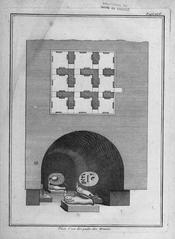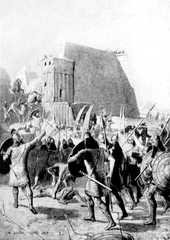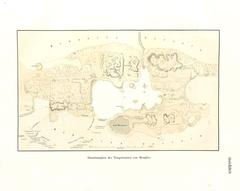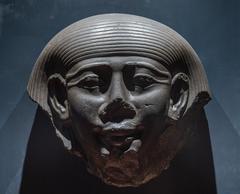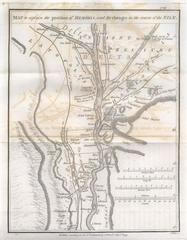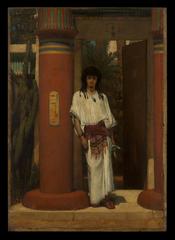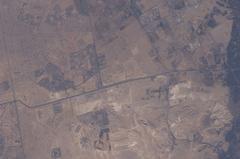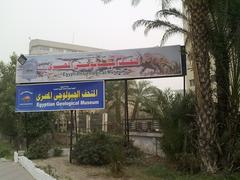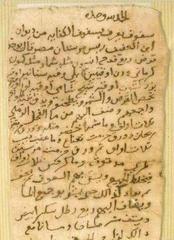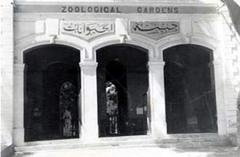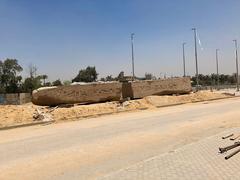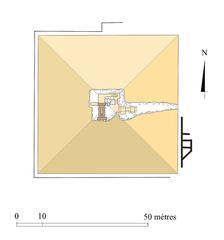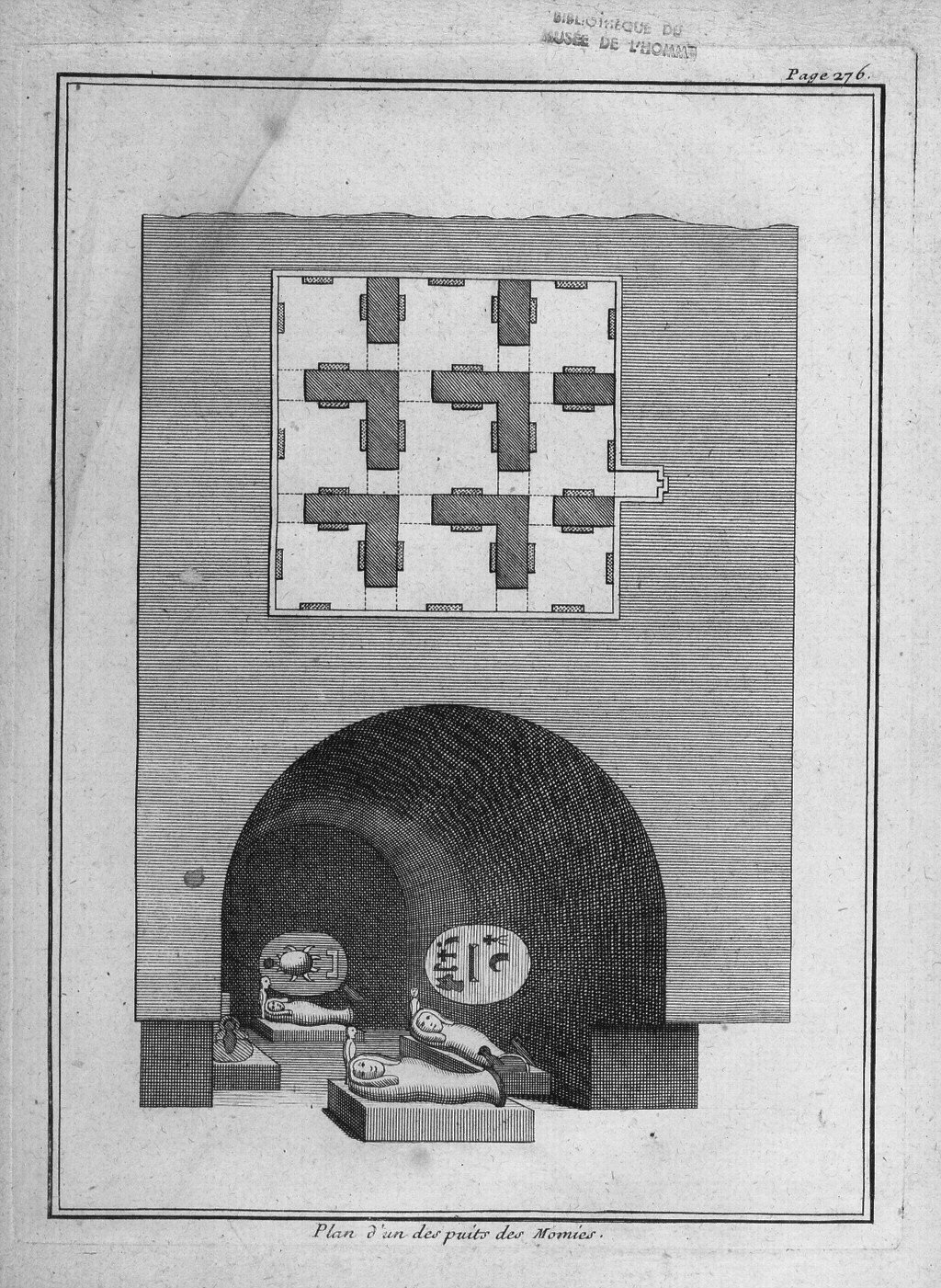
Memphis, Giza Governorate, Egypt: Historical Sites Visiting Guide
Date: 14/06/2025
Introduction
Memphis, the legendary capital of ancient Egypt, stands as one of humanity’s earliest urban marvels. Founded around 3100 BCE by Pharaoh Menes (Narmer), Memphis—known in antiquity as “Ineb-Hedj” and later “Men-nefer”—was the political, religious, and cultural nucleus of Egypt during the Early Dynastic and Old Kingdom periods. Its pivotal location at the apex of the Nile Delta, just south of modern Cairo, facilitated the unification of Upper and Lower Egypt and fostered the development of monumental architecture, theology, and statecraft.
Today, Memphis’s remnants—scattered across the open-air museum at Mit Rahina—invite visitors to explore the city’s storied past. This guide provides a detailed overview of Memphis’s historical legacy, practical visitor information, key highlights, and travel strategies to ensure a rewarding experience at this UNESCO World Heritage site. Whether you are a history enthusiast, an archaeology lover, or a cultural traveler, Memphis offers unparalleled insight into the origins of ancient Egyptian civilization.
Contents
- Historical Overview of Memphis
- Founding and Early Development
- Role as Capital and Political Center
- Religious and Cultural Importance
- Architectural Achievements
- Decline and Rediscovery
- Visitor Information
- Visiting Hours
- Tickets and Fees
- Accessibility
- Guided Tours
- Nearby Attractions
- Special Events
- Memphis Open-Air Museum Highlights
- Site Layout & Main Attractions
- Archaeological Integrity and Preservation
- Influence on World Heritage and Modern Relevance
- Visitor Experience and Tips
- FAQs
- Summary Table
- Conclusion
Historical Overview of Memphis
Founding and Early Development
Memphis’s origins trace back to the legendary Pharaoh Menes (Narmer), the unifier of Upper and Lower Egypt (World History Edu; Britannica). Its strategic position at the mouth of the Nile Delta enabled economic and political integration, making it the launchpad for Egypt’s dynastic era (Egypt Mythology).
Capital and Political Center
For centuries, Memphis was the core of Egyptian administration, royal palaces, and religious activity (History Rise). The city was home to the grand Temple of Ptah—patron god of craftsmen—and the focal point for statecraft and innovation (World History Edu).
Religious and Cultural Significance
Memphis’s spiritual legacy is anchored in the Memphite Theology and its association with deities such as Ptah, Sekhmet, and Nefertem (History Rise; Egypt Mythology). The Temple of Ptah and the Serapeum (burial place of the sacred Apis bulls) were among Egypt’s most revered sanctuaries.
Architectural Achievements
Memphis’s influence is reflected in the vast necropolis stretching from Giza to Dahshur, encompassing over 38 pyramids, including the Step Pyramid of Djoser at Saqqara—the world’s earliest monumental stone structure (Britannica; Intrepid Scout). The city also boasted colossal statues, elaborate palaces, and extensive workshops.
Decline and Rediscovery
Although Memphis declined with the rise of Thebes and later Alexandria, it remained culturally important for centuries. Rediscovered in the 19th century by archaeologists like Auguste Mariette and Flinders Petrie, Memphis’s ruins now form an open-air museum adjacent to Mit Rahina (Youregypttours; Private Tours in Egypt).
Visitor Information
Visiting Hours
- Standard Hours: Daily, 8:00 AM – 4:00 or 5:00 PM (confirm locally as times may vary during Ramadan or holidays)
- Best Time to Visit: Early morning or late afternoon for cooler temperatures and optimal photography
Tickets and Admission Fees
- Adults: 200 EGP
- Students: 150 EGP with valid ID
- Children: Often free
- Parking Fee: 25 EGP per vehicle
- Photography: Included; no extra fee (Earth Trekkers)
Accessibility
- Most main pathways are wheelchair accessible; some uneven ground in certain areas
- Rest areas, benches, shaded spots, and clean restrooms available
Guided Tours
- Available in multiple languages, including English, French, German, Spanish, Italian, and Portuguese (Memphis Tours)
- Private and small-group tours can be booked in advance or on-site
- Licensed guides enhance the historical experience
Getting There
- Location: 20 km south of Cairo, near the village of Mit Rahina
- Transport: Best reached by taxi, ride-hailing apps, or private/organized tours; public transport is limited (History Hit)
Nearby Attractions
- Saqqara: Home to the Step Pyramid of Djoser
- Dahshur: Features the Red and Bent Pyramids
- Giza Plateau: Renowned for the Pyramids and Sphinx
- Abu Sir: Horseback riding with pyramid views
Special Events
- Occasional cultural festivals and heritage events—check local schedules or official tourism channels
Memphis Open-Air Museum Highlights
Colossus of Ramses II
A limestone statue over 10 meters long, discovered in 1820 and housed in a protective structure. The statue is renowned for its intricate hieroglyphics and the double crown symbolizing Upper and Lower Egypt (Ticket2Egypt; Earth Trekkers).
Alabaster Sphinx
An 80-ton sphinx carved from a single block of alabaster, dating to the 18th Dynasty. Distinguished by its serene expression and preservation (Ticket2Egypt).
Other Statues and Temple Remains
- Seated granite and standing statues of Ramses II
- Statue of Bes, protector of households
- Squatting baboon statue, sacred to Thoth
- Fragments from the Temple of Ptah and other key sanctuaries
Museum Artifacts
- Stelae, offering tables, and daily life artifacts
- Thematic displays for deeper visitor understanding
Site Layout and Main Attractions
- Open-Air Museum: Central focus, featuring monumental statues and artifacts
- Temple Fragments: Remnants of the Temple of Ptah, palace ruins, and urban remains
- Surrounding Necropolis: Saqqara, Dahshur, and Giza, each offering unique pyramid fields and tombs (UNESCO)
Archaeological Integrity and Preservation
Despite erosion and millennia of change, Memphis preserves high archaeological integrity. Over 9,000 tombs, mastabas, and pyramids endure in the surrounding necropolis, representing nearly every era from the First Dynasty to Graeco-Roman times. Ongoing research continues to reveal new findings, many displayed locally and in the Egyptian Museum in Cairo (Ticket2Egypt).
Influence on World Heritage and Modern Relevance
Memphis’s administrative, religious, and artistic innovations shaped the trajectory of Egyptian civilization and left a global legacy. Its construction techniques and organizational models influenced cultures far beyond Egypt. In 1979, Memphis and its necropolis were inscribed as a UNESCO World Heritage Site, emphasizing their enduring contribution to human history (UNESCO; Egyptatours).
The city’s name endures across continents, and the site continues to inspire scholars, educators, and travelers. Preservation efforts and educational outreach ensure Memphis remains accessible to future generations (Ticket2Egypt).
Visitor Experience and Travel Tips
- What to Bring: Light clothing, hat, sunglasses, comfortable shoes, sunscreen, water, and a camera
- Facilities: Restrooms, gift shop, and limited refreshments on-site; bring your own snacks if needed
- Safety: Security personnel are present; respect site rules and avoid climbing on monuments
- Etiquette: Tipping guides and drivers is customary
- Best Time for Photos: Early morning or late afternoon for optimal lighting
Summary Table: Key Memphis Highlights
| Feature | Description | Notable Examples/Numbers |
|---|---|---|
| Founding Date | c. 3100–3000 BCE | By Menes (Narmer) |
| Main Deity | Ptah, god of creation and craftsmanship | Temple of Ptah |
| Major Monuments | Pyramids, temples, palaces, statues | 38+ pyramids, Step Pyramid, Sphinx |
| Necropolis Extent | Giza to Dahshur, incl. Saqqara, Abusir, Abu Ghurab | 9,000+ tombs |
| UNESCO Status | Designated in 1979 | UNESCO Listing |
| Key Artifacts | Colossal Ramses II, Alabaster Sphinx, stelae, statues | Mit Rahina Museum |
| Archaeological Integrity | High, despite surface damage | Ongoing research |
Frequently Asked Questions (FAQ)
Q: What are Memphis’s visiting hours?
A: Usually 8:00 AM to 4:00 or 5:00 PM daily. Hours may be reduced during Ramadan.
Q: How much are tickets?
A: 200 EGP for adults, 150 EGP for students, children often free.
Q: Is Memphis wheelchair accessible?
A: Most main paths are accessible, though visitors may encounter some uneven terrain.
Q: Are guided tours available?
A: Yes, in multiple languages, and highly recommended for context.
Q: Can I visit Saqqara and Dahshur on the same day?
A: Yes, many tours combine these sites for a full day itinerary.
Q: Is photography allowed?
A: Yes, with no extra fee for cameras.
Q: What’s the best way to get there?
A: Taxi, private car, or organized tour from Cairo.
Conclusion and Recommendations
Memphis remains an essential destination for those seeking to connect with Egypt’s ancient origins. Its open-air museum, with highlights like the colossal Ramses II statue and alabaster sphinx, offers a tangible link to the grandeur of the pharaohs. The city’s archaeological zone, stretching from Giza to Dahshur, is a living testament to millennia of cultural innovation.
To maximize your experience:
- Visit early or late in the day for comfort and photography
- Combine Memphis with nearby sites for a comprehensive journey
- Use digital tools like the Audiala app for interactive guides and updates
- Stay alert for special events and exhibitions
Memphis is more than a relic of the past—it is a vibrant, accessible portal to the dawn of civilization. Embrace the journey and let the city’s enduring spirit inspire your exploration of Egypt.
Sources and Further Reading
- Ancient Egyptian City of Memphis – World History Edu
- Memphis (Ancient City, Egypt) – Britannica
- The Iconography of Memphis – Egypt Mythology
- What is Memphis in Ancient Egypt? – History Rise
- Memphis Egypt – Youregypttours
- Memphis, Giza Attraction – Private Tours in Egypt
- Guide Visiting Memphis Egypt – Intrepid Scout
- Memphis and its Necropolis – UNESCO World Heritage Centre
- Memphis – Ticket2Egypt
- Memphis City Ancient Egypt – Egyptatours
- Dahshur, Memphis and Saqqara Day Trip – Earth Trekkers
- Memphis Egypt – Archaeolist
- Memphis and Its Necropolis – History Hit
- Things to Do in Giza – The Tourist Checklist
- Memphis Tours – Travelstride
